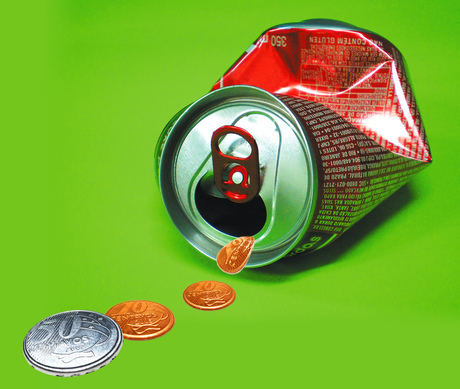Container deposit scheme: the state of play

The NSW Government announced in February 2015 that it had a preference to introduce a container deposit scheme (CDS). That announcement was endorsed by the Opposition. So what is the state of play beyond NSW?
- The Queensland Government has said it will model its system on the NSW model;
- The Northern Territory has now introduced its own system after a false start and a legal challenge by the packaging industry (the courts found the original design fell foul of the interstate Mutual Recognition Act);
- South Australia has had a system for decades, operating well although relatively expensive;
- The ACT would be likely to follow the lead of NSW in its CDS;
- The state government of Victoria has rejected proposed state-based systems and the Environment Minister has declared that it is “unconvinced that the way to [increase the beverage container recycling rate] is the container deposit scheme”;
- The Western Australian Government will not pursue a state-based CDS while a national system is being pursued; and
- The Tasmanian Government considered implementing a CDS, but after a study suggested it would come at a high cost to consumers, it decided not to proceed.
So, five out of eight states/territories are seriously considering change.
MRA Consulting completed a study for the Local Government and Shires Association of NSW, which showed that local government and MRFs would be better off under a CDS (so long as MRF operators could redeem deposits). The reason: even though 83% of eligible containers are redeemed outside of the kerbside system, the 10 c redemption on each container left in the kerbside recycling bin is worth more than the value of the glass, plastic, etc as a raw material. So the value of the recycling bin’s contents increases under a CDS and that gain is shared by the industry and councils.
At this time, the NSW Government has not proposed its preferred model for a CDS. The packaging sector has proposed 880 reverse vending machines (RVMs) to be spread across NSW.
That is not very many. So clearly this model is focused on public place recovery of containers (and not as a replacement to kerbside recycling).
It is a very different model to that enunciated by local government and the Boomerang Alliance, which see a full container collection infrastructure built (via RVMs) across the state to replace most of the collection of containers via kerbside recycling.
It is of course possible to sequence both — to start with public place RVMs and gradually increase their abundance. The higher their density, the more they will extract from kerbside bins. The scheme design issues yet to be clarified are:
- Should there be a 10 c deposit at all; why not a donation to charity instead?
- Should all kerbside containers be eligible? (eg, why include 3 L milk HDPE containers — they are rarely littered)
- Should the scheme be mandatory or voluntary?
- Should MRF operators be involved as service providers?
Each of the above is subject to conjecture and debate. What we do know is that the NSW Government has agreed to set up a technical advisory committee to review options. It will spend time consulting with stakeholders before providing recommendations on final design to the NSW government.
This debate has been ongoing for 15 years — far too long in my view. Simply put, we need a system that is cost effective; reduces litter; supports positive action by consumers and community groups; and does not lead to perverse economic outcomes.
It is important to remember that packaging represents just 4% of the waste sent to landfill. A brilliantly run CDS will have a very small impact on waste to landfill. (It is swamped by organic waste, which represents 60% of waste to landfill.)
So is it worth doing? Yes — but as one small step in a much longer journey, of creating a circular economy based on economically sustainable and efficient resource recovery.
How Sydney's OS Passenger Terminal slashed its waste costs
Veolia has delivered a custom-designed solution that cut the Overseas Passenger Terminal's...
Sludge treatment: a weighty issue
Sludge dewatering might not be the most glamorous process, but it is a vital part of ensuring...
Getting closer to a circular economy for plastics
A new process that vaporises hard-to-recycle plastics in order to make recycled plastics has been...









